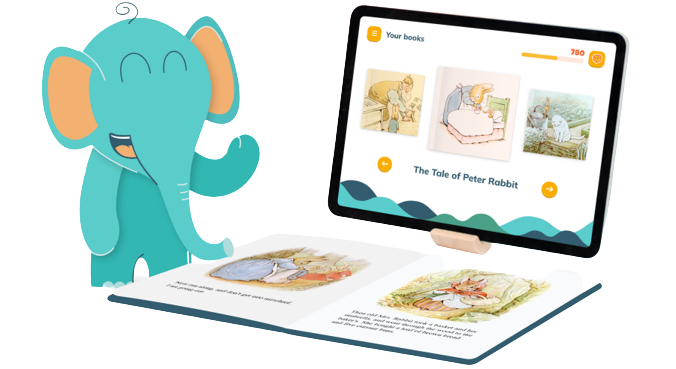Creating Opportunities with Environmental Print
The pet supply store was right in the middle of our family’s errand route, so we had driven by it hundreds of times before while out and about. I think I—as a literate person—had always focused on the words on the sign, and not the logo. If you had asked me what that store was called, I would have told you the name of the business. I would likely not have said “the store with the paw prints on the sign,” because I already knew how to read. But as a pre-literate person, that’s not what my young son had seen at all.
So, the first step in connecting to existing environmental print as a way of engaging your young pre-reader is to start seeing the world around you through their eyes. When you are out and about at your usual stores, businesses, and restaurants what signs or symbols do they see to distinguish one from another? Or one department within a store, or section of a menu, from the rest?
Once you start looking from their point of view, you’ll be so surprised how many examples of logographic environmental print exist everywhere you look. As you start seeing them, bring them to your child’s attention. We know environmental print can involve letters and text but if your child is very young, focus first on the examples that are text-free. Later you can expand to include discussions about letters, sounds, and words as their reading skills develop.
It’s like a conversation I had with my younger son one day after summer camp pick-up. We stopped to stock up on a few things on the way home and “Oh look!” I pointed out. “There are red circles on the outside of the building, on the signs inside the store, on the employees’ shirts, and on the shopping bags…here we are at our neighborhood Target.” Then, if he was a bit further along in his reading development, I might have shown him the first letter of the word and pointed out how we can hear the sound when we say it.
Then you can start reading labels…How do you know if a word on a product sticker says “cake” or “cupcake”? Well first of all, you can see what’s inside the package…but also, each word has a different amount of letters and those letters make a different number of sounds. “Cupcake” takes more sounds to say than “cake,” so it’s going to take more letters to write on a label.








.svg)


.svg)








